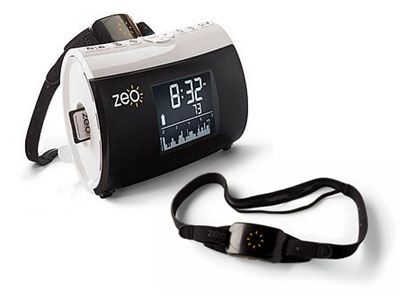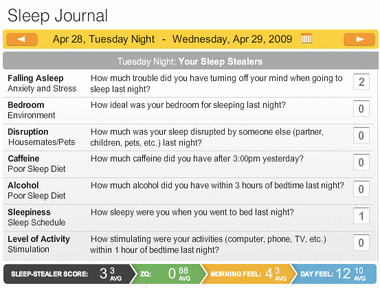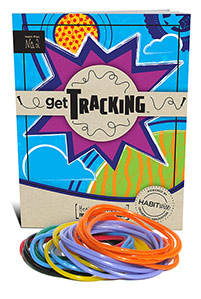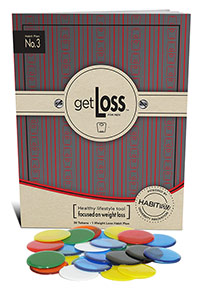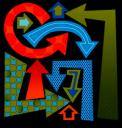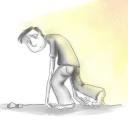 How we think-and-feel about animals will strongly determine the success of any product or service that is developed for pet owners. Said another way, cognitive design can be a real differentiator in the pet industry.
How we think-and-feel about animals will strongly determine the success of any product or service that is developed for pet owners. Said another way, cognitive design can be a real differentiator in the pet industry.
But how do we think and feel about animals? Recent research by Indiana University sociologist, David Blouin, sheds some interesting light on the mental model of dog owners. As reported in ScienceDaily, he argues:
“Dog ownership attitudes fell into three categories: Humanist, where dogs were highly valued and considered close companions, like pseudo people; protectionists might be vegetarians and they greatly valued animals in general, not just as pets; dominionists saw animals as separate and less important than people, often using the dogs for hunting and pest control and requiring them to live outdoors.”
He has done additional research on Animal Meanings, that has produced interesting findings as well:
“I describe various attitudes and treatments of dogs and explain some of their important determinants. Contrary to previous research, I find no relationship between gender, race, age, area of residence, or income and attitudes. Also contrary to previous research, I find that education is negatively associated with attitudes.”
A lack of correlation between demographics and the mental model of dog owners signals the need to do more cognitive modeling than traditional market research.

